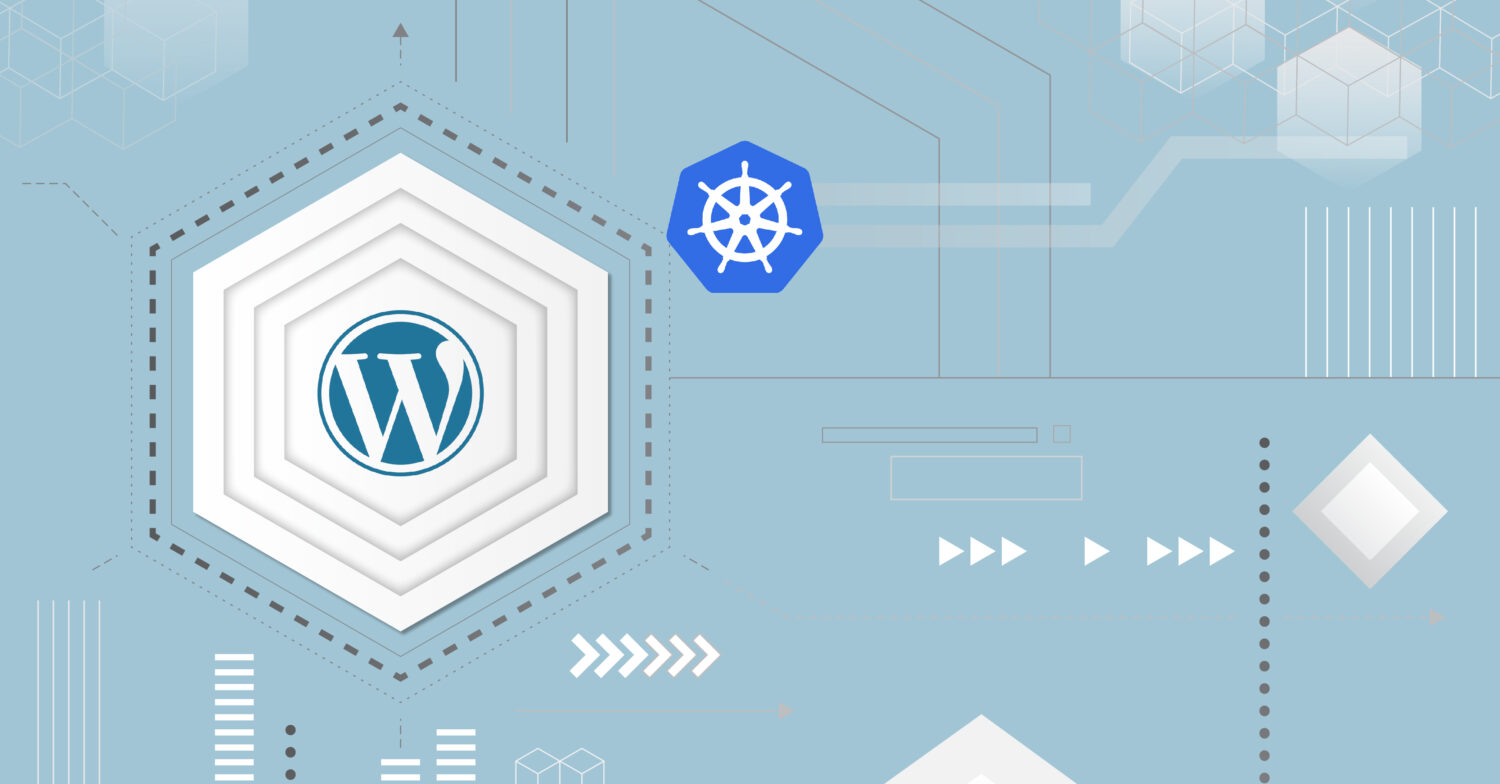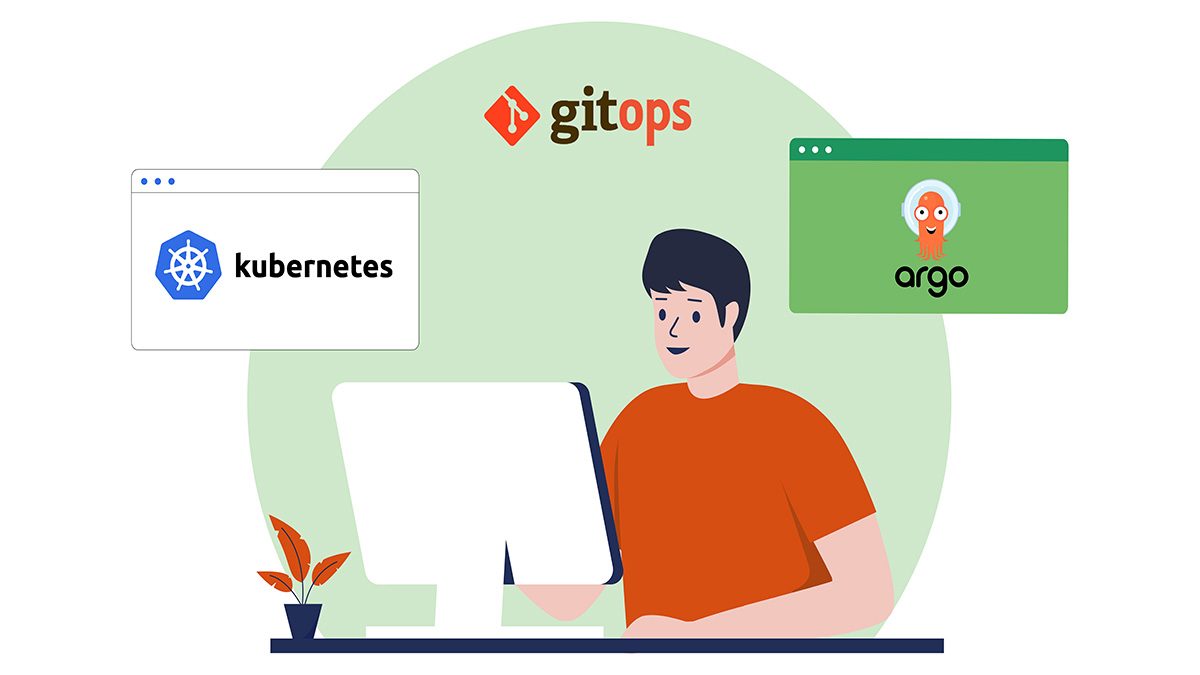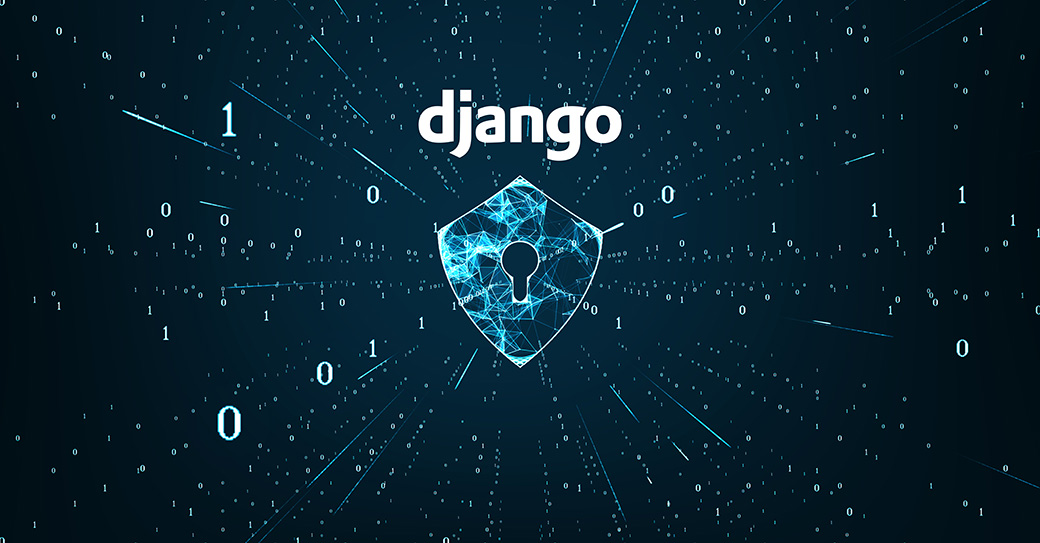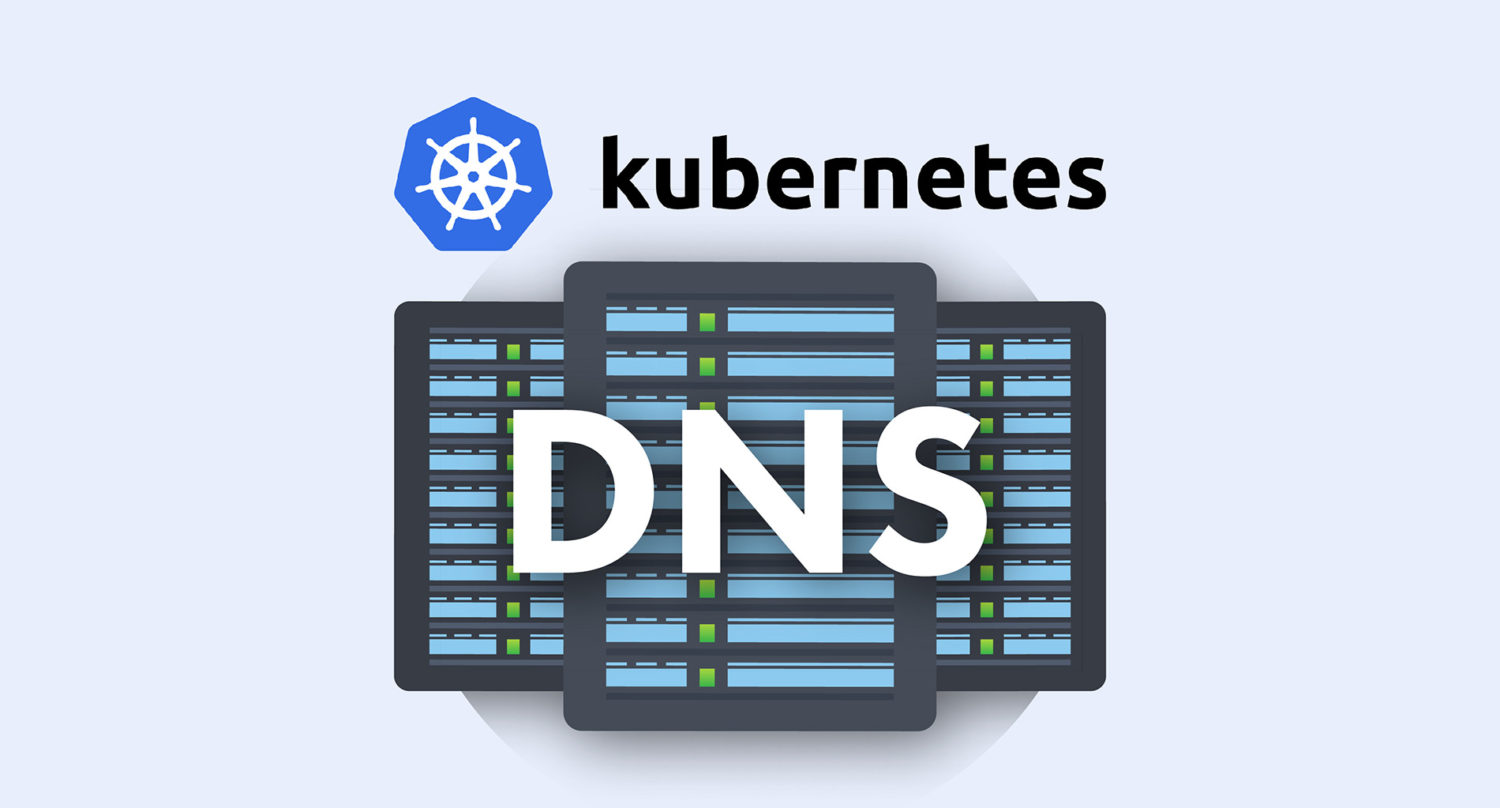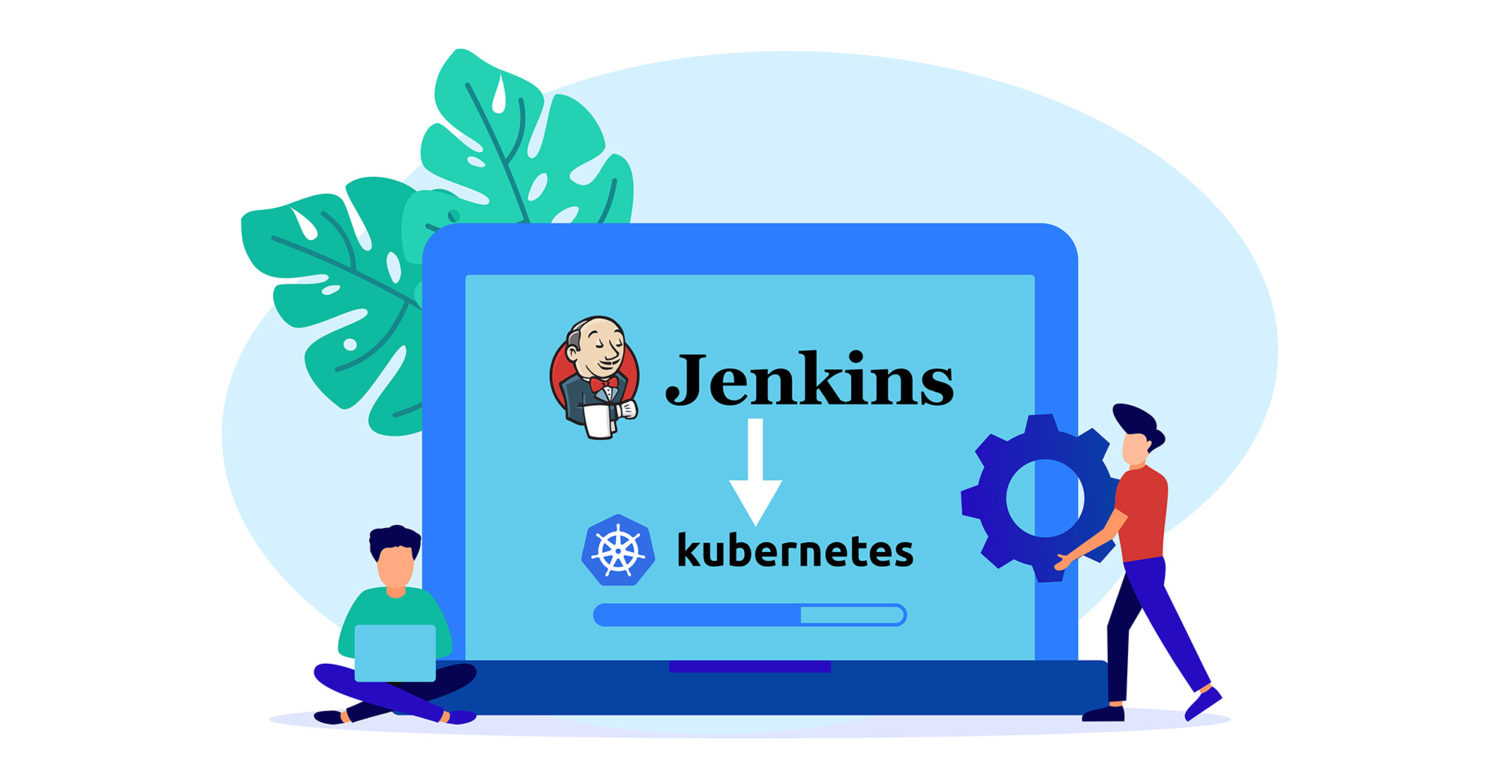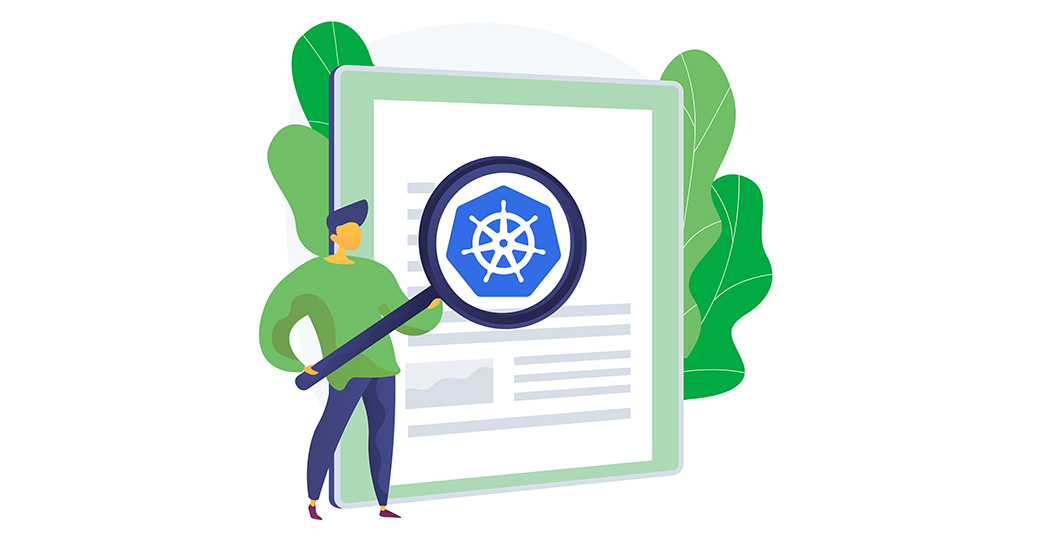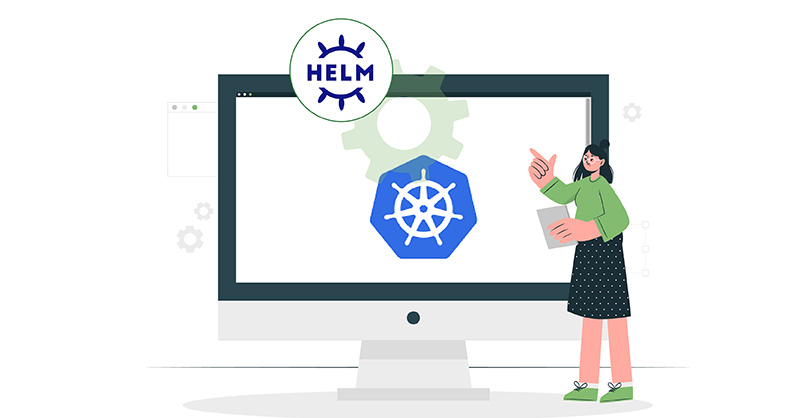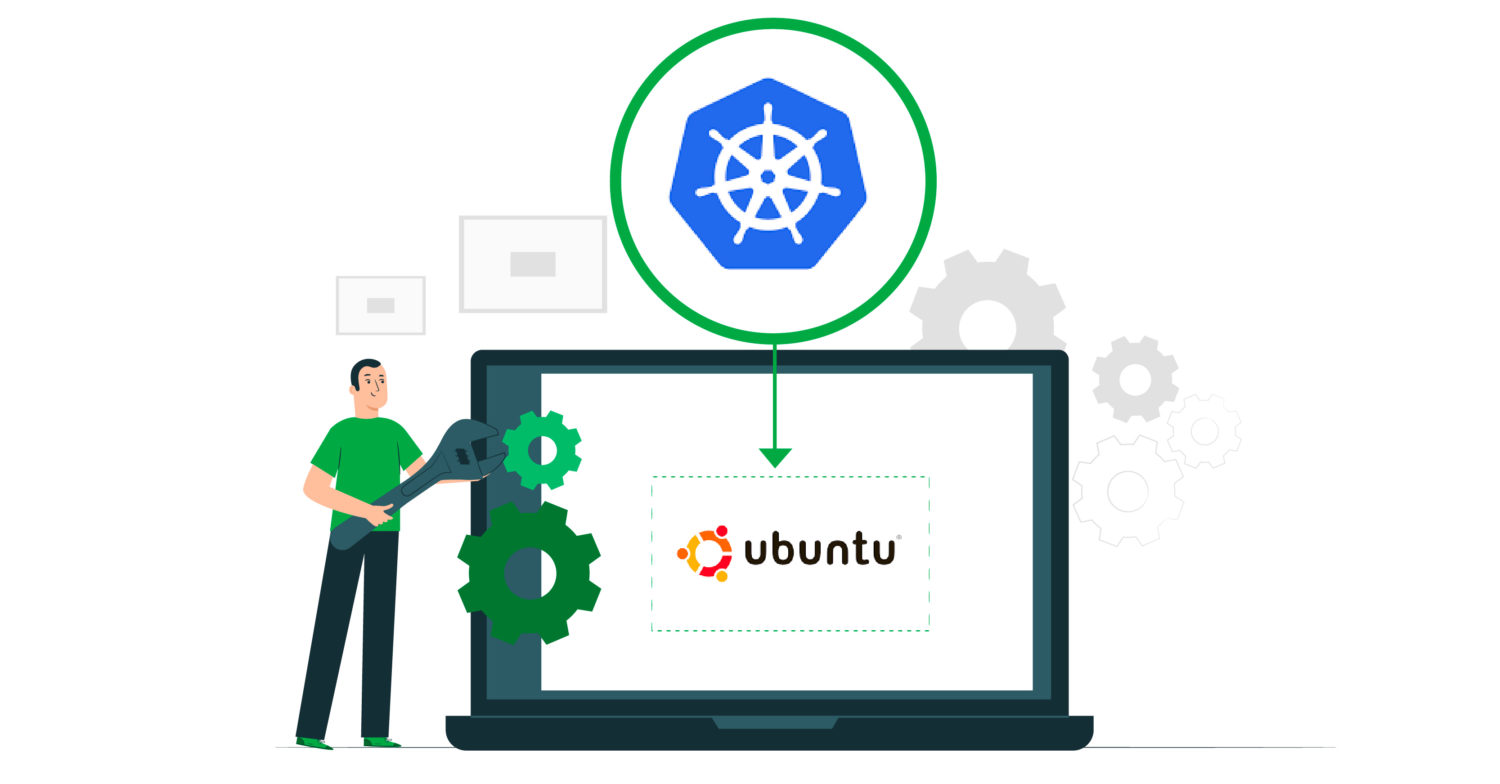WordPress is one of the most popular content management systems used to deploy blogs and websites on the internet. It is also available as a Docker image on the DockerHub registry. You can use this Docker image to build a reliable and scalable website platform on the Kubernetes cluster. Deploying WordPress on Kubernetes will help you to implement CI/CD pipeline …
Deploying Applications on Kubernetes Using Argo CD and GitOps
Introduction Kubernetes has become a standard for deploying large applications. It helps developers gain significant advantages and offers features that are not available in traditional server hosting. Kubernetes allows horizontal scaling without the hassle of infrastructure. Furthermore, it reduces the cost of acquiring and maintaining the infrastructure as the application grows. However, managing applications on Kubernetes can also be complex …
How To Secure and Scale a Django Application with Docker, Nginx, and Let’s Encrypt
Millions of users get on the Internet to access information for various purposes including learning, entertainment, news, and sharing their lives’ progress with friends. Hence, when deploying an app, it’s in your best interest that you implement a highly secure and scalable infrastructure for your application. The cloud offers various ways to secure and scale a Django application. Horizontal scaling …
Exploring CloudSigma PaaS: How to Access Kubernetes Application via Public IP
CloudSigma PaaS allows users to expose their applications using a public IP address. This address needs to be attached to a node from the Kubernetes cluster environment. There are two ways to achieve this in the CloudSigma PaaS environment: One way is to attach the public IP to a dedicated load balancer. Another way is to attach the public IP …
Kubernetes DNS Service: A Beginner’s Guide
Kubernetes, also known as K8s, is an open-source orchestration system for automating deployment, scaling, and managing containerized applications. Its portability, flexibility, and automatic scaling capabilities make it an extensively used system. Above all the standout features, the option to create DNS records for services and pods makes it unbeatable from other software systems. Kubernetes DNS service allows you to contact …
Installing Jenkins on Kubernetes
Continuous Integration and Continuous Development is now a standard way of deployment. Also called CI/CD, it creates pipelines to automate testing, deployment, integrating code, and reporting. While there are many tools available in the market, both free and open-source, in this tutorial, we will be installing Jenkins on Kubernetes. Jenkins is one of the most popular CI/CD tools used for …
Setting Up WordPress With MySQL On Kubernetes With Helm
Kubernetes is now the standard way to deploy applications that are scalable and have high availability. Kubernetes allows developers to quickly bring up and down instances as needed to ensure smooth delivery of content. To learn more about Kubernetes, follow our detailed guide Getting to Know Kubernetes. Helm is a very popular package manager that is used to install applications …
Installing Software on Kubernetes with Helm 3 Package Manager on Windows
A If you are coming from a development background, you are probably aware of the Package Manager term. Package Managers allow you to install dependencies, upgrade and downgrade versions, and so on. In this tutorial, we will look at a very popular package manager for Kubernetes, called Helm. Helm assists in managing Kubernetes applications. With Helm, you can define a …
How To Troubleshoot and Inspect Kubernetes Networking
Kubernetes is an open-source tool that is crucial in container orchestration. Kubernetes helps in orchestrating and managing clusters at scale across various cloud environments or even on-premise servers. A cluster is a set of hosts meant for running containerized applications and services. A cluster needs a minimum of two nodes to work – one master node and a worker node. …
Is PaaS Platform Lock-In a Hidden Threat to Your Business?
Platform-as-a-service (PaaS) offerings can be a powerful solution to the problem of scarce resources. By removing the complexity of managing underlying infrastructure and development environments, they make it possible to write, test and deploy new applications fast and efficiently. Since speed to market is now a key competitive differentiator, PaaS is a choice that can deliver a market advantage. The …
Introduction to Helm: Package Manager for Kubernetes
Kubernetes is a popular and powerful container-orchestration system. Deploying applications to it, however, can be quite complex. That’s because a single application setup could entail generating several interdependent Kubernetes resources. Those can include deployments, pods, services, and replica sets. Each of these requires a YAML manifest file to be written. To ease the process of packaging, configuring, and deploying applications …
How to Install and Use Kubernetes on Ubuntu 20.04
Introduction Kubernetes is an open-source tool that is crucial in container orchestration. Kubernetes works by orchestrating and managing clusters at scale across various cloud environments or even on-premise servers. A cluster is a set of hosts meant for running containerized applications and services. A cluster needs a minimum of two nodes to work – one master node and a worker node. Keeping …
- Page 1 of 2
- 1
- 2


